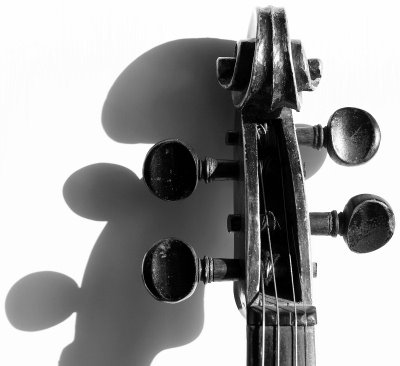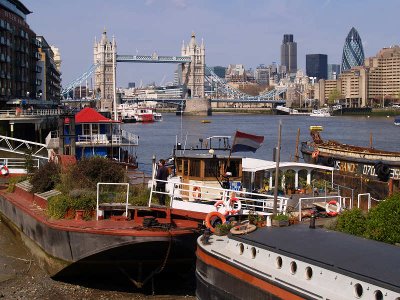The claims of Liverpool to the title are firmly founded, and its built environment and musical legacy are only two of the areas where the city excels. In terms of buildings, many will know Scott's massive red sandstone Anglican Cathedral and Gibberd's modern Roman Catholic Cathedral. The trio of Pierhead buildings - the "Three Graces" of the Royal Liver Building, the Cunard Building and the former Mersey Docks and Harbour Board building - will also be well-known. On the St George's plateau is the magnificent neo-classical St George's Hall, and a group of other large civic buildings. All these are familiar enough. But how many, outside the circles of architectural historians, know of one of the most interesting of Liverpool's buildings - Oriel Chambers?
Built in 1864 by the architect Peter Ellis (1804-1884) the building illustrates how, in the words of Henry Russell-Hitchcock, "the Chicago skyscraper of the nineties seems almost to have come to premature birth in Liverpool in the sixties." If one ignores the Gothic detailing and looks at the building between the first floor and the attic storey Oriel Chambers seems to prefigure one of the key characteristics of the Modern Movement. The all-over grid of oriel windows with minimal iron glazing bars and very little masonry between them is an early version of the "curtain wall", and is underpinned by a steel frame. In the courtyard of the building this is left partly exposed, as was to become the twentieth century way. Interestingly, the Chicago architect, John Wellborn Root, was in Liverpool (avoiding the Civil War) at the time Oriel Chambers was being constructed. Was this building an influence on his subsequent work? Perhaps. However, in Britain Ellis's forward looking structure was described as "a great abortion" and "an agglomeration of great glass bubbles", and whilst some were influenced by the ideas incorporated in the building, it is as a rogue precursor of what was to come that the building is remembered today.
Architectural photographs often benefit from having a raking light throwing shadows to better describe the form. In this shot that light meant the right of the building was too dark, so I have digitally "dodged" that area to bring up some detail. Converging verticals can add drama, but here I reduced the effect to emphasise the building's rectinear grid.
photograph & text (c) T. Boughen



























